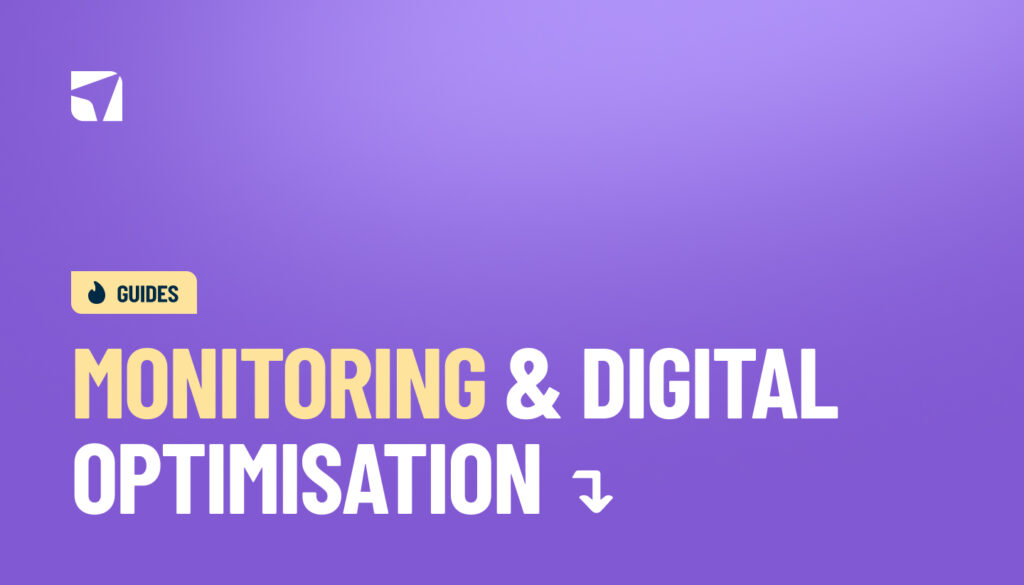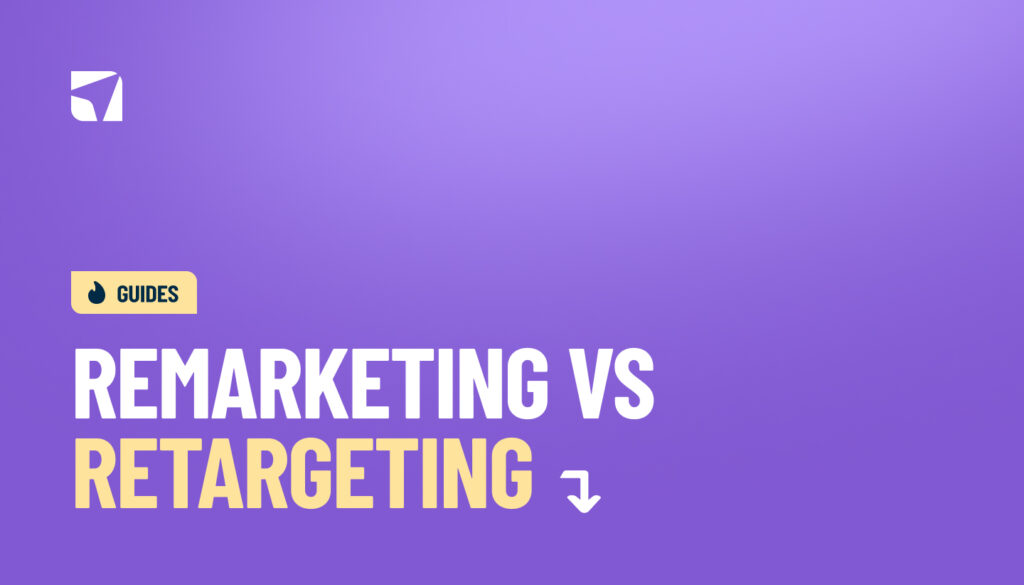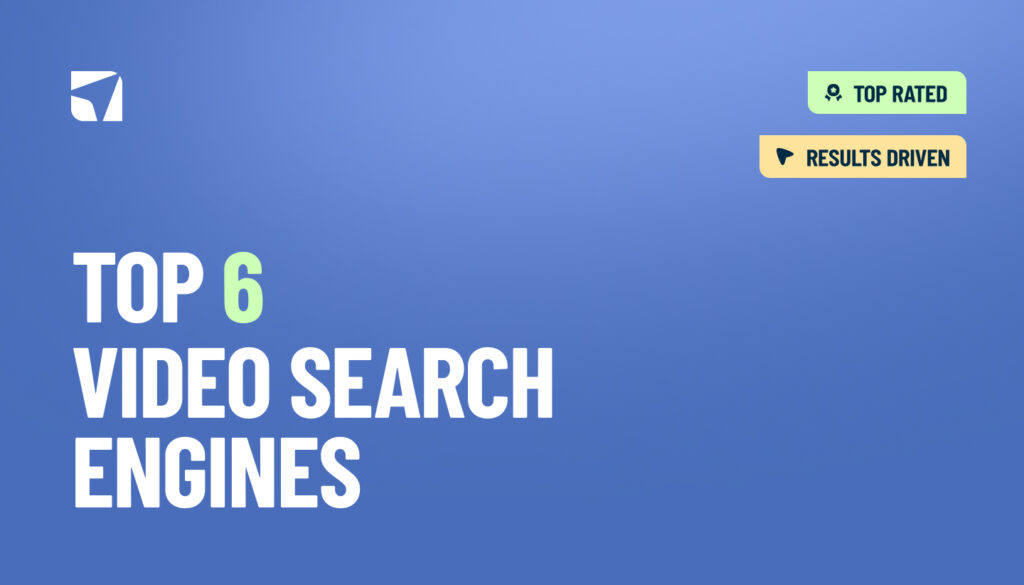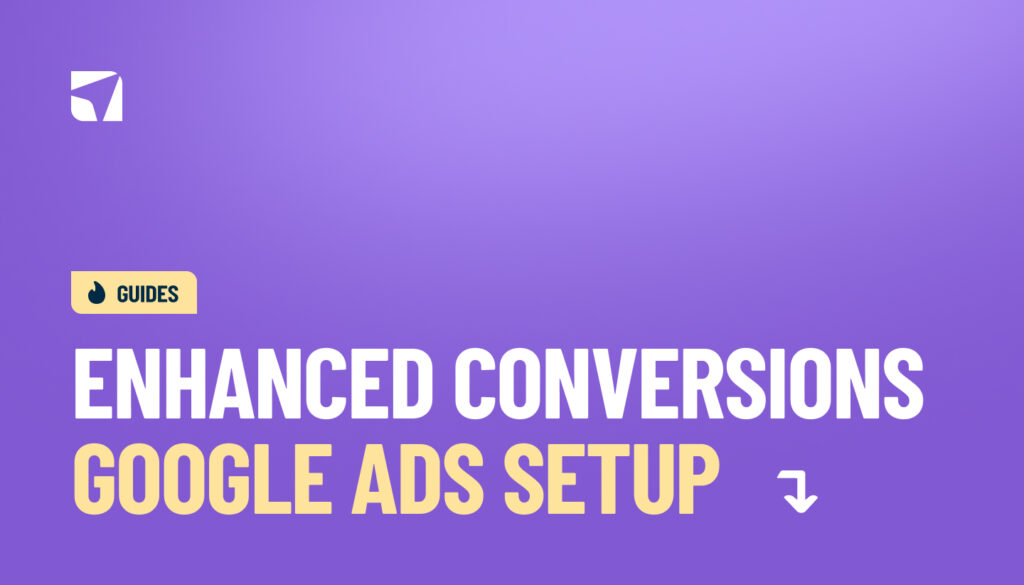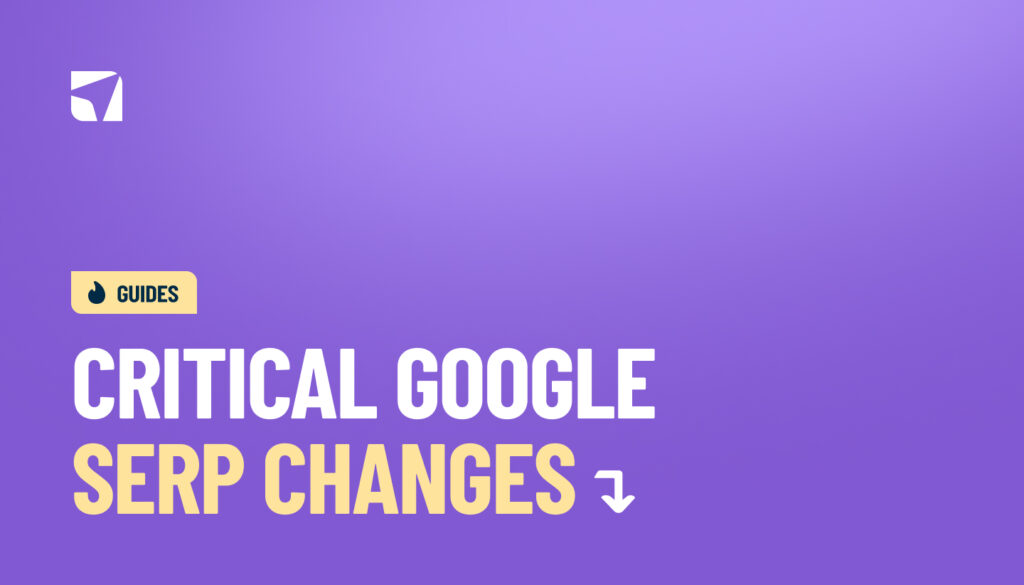Many businesses today rely on digital marketing campaigns to reach their target audience and drive growth. However, simply launching a campaign is not enough to guarantee success. To truly maximise the effectiveness of your campaigns, digital marketing optimisation and regular monitoring are essential.
In this post, we delve into the significance of continuous monitoring and optimisation in your digital marketing campaigns. From exploring the benefits and key metrics to monitor to effective tools and techniques for analysis and optimisation, we discuss the critical elements that contribute to the success of your digital marketing strategies.
From exploring the benefits and key metrics to monitor effective tools and techniques for analysis and optimisation...
We discuss the critical elements that contribute to the success of your digital marketing strategies.
Jack White, Client Strategist at Digital Nomads HQ
Understanding The Potential of Digital Marketing
In an era driven by technology and connectivity, the traditional landscape of business has evolved. From establishing a robust online presence to connecting with their audience, the success of any business, today, relies on its ability to embrace the digital landscape.
24/7 Visibility
Unlike traditional advertising, digital marketing operates around the clock. Your business remains visible and accessible to customers at any time, enhancing the likelihood of engagement and conversions—no matter the hour.
Cost-Effective Strategies
Say goodbye to exorbitant advertising costs. Digital marketing offers cost-effective solutions tailored to your budget. Whether you’re a startup or an established enterprise, you can allocate resources strategically for maximum impact.
Data-Driven Decision Making
Digital marketing provides a wealth of data and analytics allowing businesses to understand your audience, track performance metrics, and derive actionable insights to refine your strategies.
No more casting a wide net and hoping for the best! Digital marketing allows you to target specific demographics, ensuring your message reaches those most likely to convert, leading to higher returns on investment.
Benjamin Paine, Digital Nomads HQ
Building Brand Authority
Digital platforms offer a space for your business to showcase expertise and build trust with your audience. You can position your brand as an industry authority through;
- Content marketing
- Social media engagement
- Thought leadership
Connecting on Social Platforms
Social media is a powerhouse for customer engagement. Utilising platforms like Facebook and Instagram can foster meaningful connections with your audience, driving brand loyalty and nurturing leads.
Adapting to Consumer Behaviour
Today, most consumers today interact and engage online and as trends come and go, it is crucial to stay relevant and competitive. Your business needs to meet them where they are and digital marketing allows you to align your brand with evolving consumer behaviour and preferences.
Why Constant Monitoring is Vital for Digital Marketing Optimisation
The digital marketing landscape is dynamic and ever-evolving, and what works today may not work tomorrow or in the future. Constant monitoring allows businesses to stay on top of their campaigns, ensuring that they are performing at their best and delivering the desired results.
By closely monitoring the various metrics and key performance indicators (KPIs), businesses can identify areas that need improvement and make data-driven decisions to optimise their campaigns.
Real-Time Adaptability
Trends can shift in the blink of an eye and constant monitoring ensures that your marketing strategy remains agile.
It is important to understand that business needs to be;
- Ready to adapt to emerging trends
- Conscious of changes in consumer behaviour/s
- Observant to industry shifts in real-time
Maximising ROI
Your marketing budget is a valuable resource, and constant monitoring allows you to optimise your spend. By closely tracking campaign performance, you can identify high-performing channels, allocate resources effectively, and maximise return on investment.
In the digital world, challenges can arise swiftly. Constant monitoring enables you to identify and address issues before they escalate. Whether it’s a sudden drop in website traffic or a negative social media trend, staying vigilant ensures prompt and effective problem-solving.
Read More: Top Marketing Trends In 2024 To Stay Ahead Of The Curve
Data-Driven Decision Making
Informed decisions are the pillars of success. Constant monitoring provides;
- Steady stream of data, allowing you to analyse user behaviour
- Measure campaign effectiveness,
- Make strategic decisions based on real, tangible insights rather than assumptions.
Enhancing Customer Experience
Customer satisfaction is at the core of successful digital marketing. By monitoring customer interactions, feedback, and sentiments in real-time, you can actively enhance the customer experience, building trust and loyalty that leaves a lasting impact.
By continuously monitoring competitor activities, you gain insights into industry trends, benchmark your strategies, and identify opportunities to leverage.
Benjamin Paine, Digital Nomads HQJack White, Client Strategist at Digital Nomads HQ
Key Metrics for Informed Digital Marketing Strategies
When it comes to monitoring digital marketing campaigns, there are several key metrics that businesses should pay close attention to.
These metrics provide valuable insights into the performance of the campaign and can guide optimisation efforts.
- Define clear objectives: Before optimising a campaign, businesses should clearly define their objectives and key performance indicators. This will help guide optimisation efforts and ensure that they are aligned with the overall goals of the campaign.
- Conduct thorough audience research: Understanding the target audience is crucial for optimisation. By conducting thorough audience research, businesses can gain insights into their preferences, behaviour, and pain points, allowing for more targeted optimisations.
- Create compelling and relevant content: Content is a key driver of success in digital marketing campaigns. By creating high-quality, relevant, and engaging content, businesses can attract and retain their target audience, increasing the chances of conversions.
- Implement effective keyword targeting: Keyword targeting is essential for optimising search engine marketing (SEM) and Pay-per-click (PPC) marketing campaigns. By conducting keyword research and implementing effective targeting strategies, businesses can ensure that their ads and pages are reaching the right audience at the right time.
- Optimise landing pages: Landing pages play a crucial role in conversion optimisation. By optimising landing pages for better user experience, businesses can increase the chances of conversions and improve campaign performance.
Authenticity and purpose are more crucial than ever as consumers are increasingly seeking brands that align with their values and stand for something beyond products and services.
Best Practices for Continuous Monitoring and Optimisation
To ensure the success of continuous monitoring and optimisation in digital marketing campaigns, businesses should follow some best practices.
Here are a few tips to keep in mind:
- Establish a regular monitoring schedule: Set a regular schedule for monitoring your campaigns. This will help you stay on top of performance and make timely optimisations.
- Use automation tools: Utilise automation tools to streamline the monitoring and optimisation process. Tools like Google Ads automated rules and bid strategies can help save time and improve efficiency.
- Test one element at a time: When conducting A/B tests, test one element at a time to accurately determine its impact. Testing multiple elements simultaneously can lead to confounding results and make it difficult to identify the most effective changes.
- Keep an eye on the competition: Monitor your competitors’ campaigns and learn from their successes and failures. This can provide valuable insights and help you stay ahead of the competition.
- Stay updated with industry trends: The digital marketing landscape is constantly evolving. Stay updated with the latest industry trends, algorithm changes, and best practices to ensure that your optimisations are effective.
Read More: What’s the First Step in the Search Engine Optimisation Process for Your Website?
Empower Your Future Marketing Efforts
As the digital landscape continues to evolve, the importance of constant monitoring and optimisation will only grow.
Businesses that embrace these practices and stay agile in their approach will be well-positioned to succeed in the ever-changing digital marketing landscape.
If you’re looking to take your digital marketing campaigns to the next level, Digital Nomads have got you covered!
We provide full-suite digital marketing packages across web, SEM, SEO & content services, strategically designed towards the growth of your business. With our expertise and experience, we can help you optimise your campaigns and achieve your marketing goals. Contact us today to get started!
- Google Analytics: This is one of the most popular tools for monitoring and analysing both organic and paid digital marketing campaigns. It provides detailed information about website traffic, user behaviour, conversion rates, and more. By setting up goals and tracking events in Google Analytics, businesses can gain valuable insights into the effectiveness of their campaigns.
- Social media analytics tools: Platforms such as Facebook, Instagram and TikTok, provide valuable data on engagement, reach, and audience demographics. These insights can help businesses understand how their social media campaigns are performing and make data-driven optimisations.
- Heatmap tools: This allows businesses to visualise user behaviour on their websites. Heatmaps show where users are clicking, how far they scroll, and where they spend the most time. This information can help businesses identify areas of improvement and optimise their websites for better user experience.
